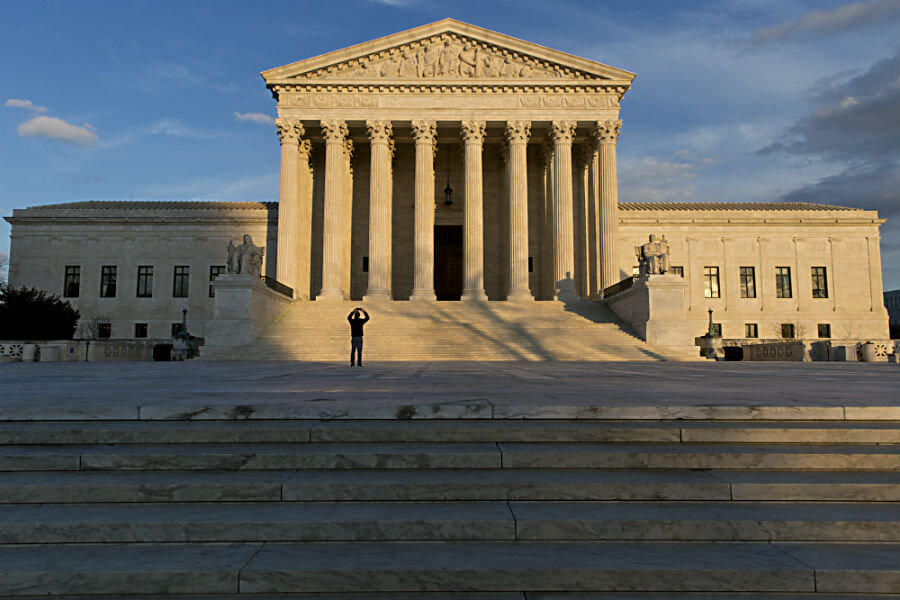What a Supreme Court ruling on mercury standards will tell us
Loading...
Weeks after the United States Supreme Court froze Environmental Protection Agency (EPA) regulations regarding greenhouse gas output, the tribunal may block a rule aimed at cutting down power plants’ toxic emissions.
Bill Schuette, Michigan’s attorney general, headed a coalition of state and industry representatives urging the court to stop the EPA’s Mercury and Air Toxics Standards (MATS), which would require power plants to limit the amounts of toxic air pollutants they put out. While a lower court ruling decided against the freeze, the Supreme Court’s recent blocking of an EPA rule may have contributed to the push for stopping MATS.
“Last year, the U.S. Supreme Court ruled that the EPA must follow federal law and consider costs before implementing new regulations on job creators and American families,” Schuette said last week, according to The Detroit News. “We are simply asking the court to enforce its ruling and require the EPA to follow the law like everyone else.”
The court’s earlier 5 to 4 decision that froze the EPA’s Clean Energy Act, which was backed by President Barack Obama, showed that the sitting justices are willing to strike down environmental regulations, and a stay of MATS could send the message that more rules are susceptible to stoppage in the eyes of the court.
The stay of the Clean Energy Act was confirmed by the court’s five conservative judges. The recent death of former right-leaning Justice Antonin Scalia, however, could tie a vote if the request to halt MATS is forwarded to the full court. However, only one justice is required to approve the MATS stay with the option to forward the motion to the court as a whole.
The Clean Energy Act was not struck down outright when the body issued its brief decision, but rather sent to a lower court so that issues regarding its cost could be worked out before its implementation. A similar fate would await MATS if the Supreme Court decides against it, but if the regulations eventually were to make it through again it is likely the group opposed to the standards would appeal again to the high court.
Schuette called both the clean energy and air toxics acts examples of EPA overreach backed by the executive branch, and said that in the wake of the first package’s stay, the blocking of MATS would be even more reasonable. The freeze would be “even more warranted here, after this Court has reviewed EPA's finding authorizing the Mercury Rule and has found it to be unlawful and in excess of EPA's authority under that same Act,” according to Schuette and the states’ filing, per The Detroit News.
Chief Justice John Roberts has requested an EPA response to the motion by Wednesday, and could either decide the fate of MATS himself or bring the issue before all eight sitting justices.
“It'll be interesting to see whether the court in addressing this expresses itself in some way,” said Environmental Law Institute president Scott Fulton, per Environment & Energy Publishing. A decision on this matter would not only impact mercury and toxin rules, but could open the door for states worried about the economic impact of similar environmental packages to challenge EPA regulations going forward.
“They could try to stem the flow, and there may be some value to doing that if they are not interested in opening up a spigot,” Fulton said of the court.






